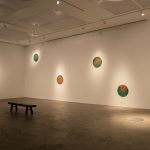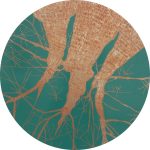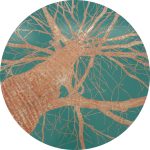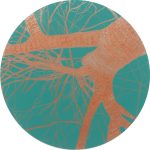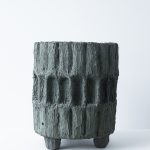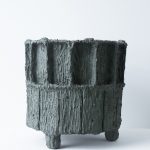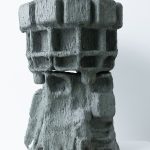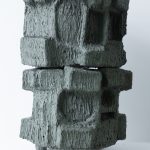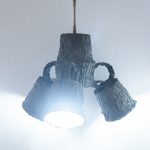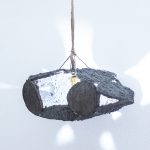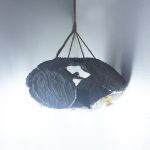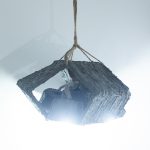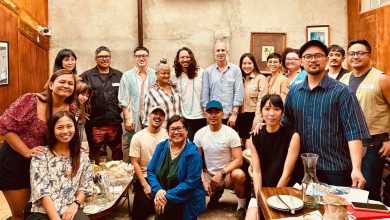MANILA, PHILIPPINES – light, growth, residue reveals a body of work that confirms Poklong Anading’s place in contemporary art as one of its most keen observers of processes, particularly of the contentious bond that humans forge with nature. As an artist who has displayed incredible adaptability in using different media and materials—from drawing, to video, and to actual organic forms—Anading makes good of this versatility by demonstrating their interconnectedness, and by insisting on seamless movements from one idea to the next. These are ideas that remain faithful to an inquiry: on whether art is simply for the transformation of materials or is it through our interaction with materials that ultimately shape art?
Revisiting seven different works from different stages of his career, Anading is able to piece together a developing commentary on the conditions of the Anthropocene. Where man’s relationship with his environment increasingly becomes more shrouded in controversy, he reflects on their interdependence and how the artist, who has his own particular relationship with objects and materials, can navigate his way across the pitfalls of consumption and usage.
Poklong Anading’s latest solo exhibition is a prime example of a remarkable attentiveness in viewing objects—particularly, un objet d’art. It crosses new territories that are beyond merely consuming materials and into understanding our relationship with them; and eventually, in realizing our place in nature. As in growth: it is the artist’s own passage and development alongside the objects that inhabit his daily routine, his experience with the nature of things, and their cycles, which in turn dictate their forms. And in gathering these forms together, we are presented with an invaluable message for the resource-depleted world—that instead of merely valuing objects for their usage, we must also understand the nature of their existence.







